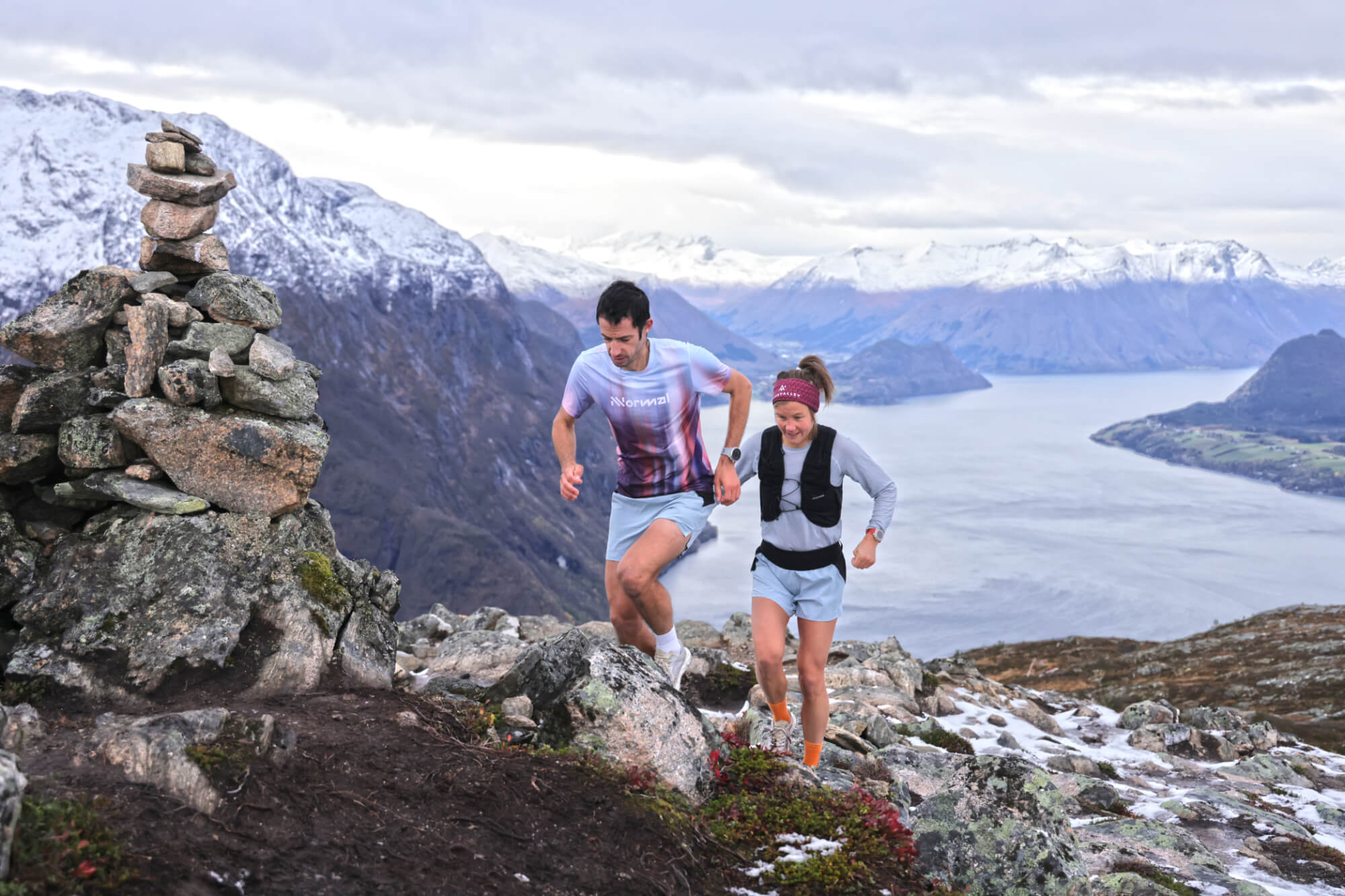
5 basic concepts in Kilian Jornet's off-season training + more advice from Jakub Šiarnik and Peta Frano
author: ralpu
September 24, 2023
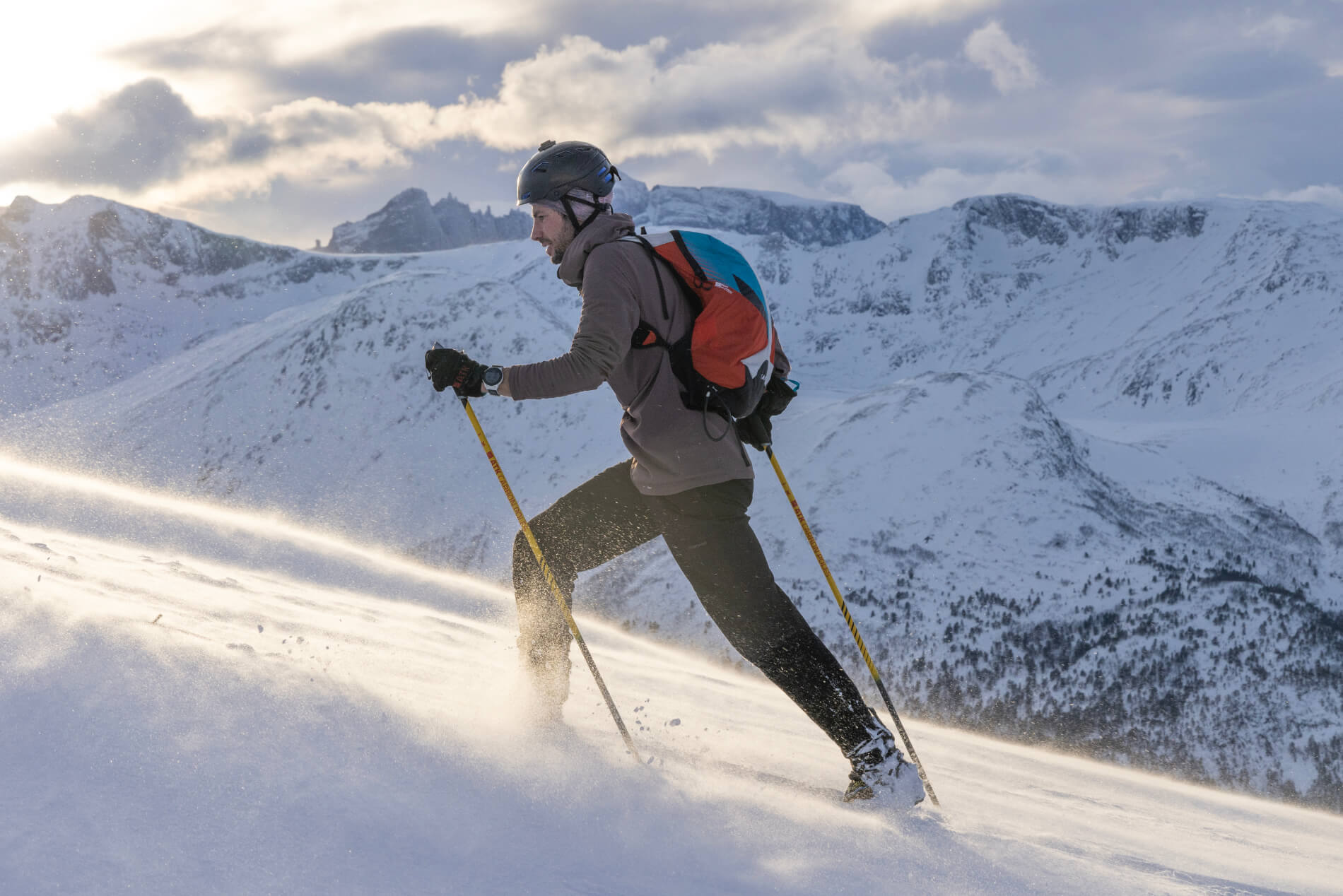
Introduction
For many, autumn and winter are the times when we prepare for the upcoming season. We build an engine, so to speak - basic endurance, from which we can then draw in the main season. This is a fairly common training cycle, which could very simply be described as alternating periods of gaining brute strength and endurance, which we then convert into small ones in the main racing season through specific training and gaining speed. If you have already completed several such training cycles, the following questions have certainly crossed your mind: how can I improve and move from year to year? How can I train more effectively and at the same time stay injury-free? How can I always have a spark and passion in my preparation? Why have I hit a performance plateau and can't move forward?
Below you will find very practical and easy-to-grasp concepts that can bring structure and efficiency to your training. They are shared with us by Kilian Jornet , who has been using and refining them in his training for years. In addition, our two currently best athletes in the mountains - Jakub Šiarnik (Slovak ski mountaineering representative) and Peťo Fraňo (our best trail runner with successes at, for example, the UTMB) also bring their experience from training outside the main season.
Tips from Kilian Jornet
Kilian Jornet is undoubtedly considered the best mountain runner of all time. Victories and course records in events such as UTMB, Hardrock, or groundbreaking performances in the Himalayas, which are on the border between athletics and mountaineering - that's his sports resume. Kilian has been on the sports scene for a while, but he still manages to improve and advance his performance. How does he do it and especially - what does his training look like, which allows him to perform like he's from another planet? The modest Spaniard living with his family in Norway talked about it, and in the article below you will find five training concepts that define Kilian's preparation outside the main racing season and help him improve.
The data is taken from the COROS Training Hub (a free platform where you can analyze data from individual training sessions as well as evaluate long-term trends), from Kilian's GPS watch COROS APEX 2 Pro , and also from the COROS POD 2 , which Kilian uses when training indoors on a treadmill.
Read a detailed review of the COROS APEX 2 Pro, which Kilian Jornet uses in his training. Battery life, GPS modes, GPS recording accuracy, who the watch is for and other details.
The text below refers to metrics from COROS EvoLab . A detailed explanation of COROS EvoLab metrics, as well as their interpretation in preparation, are detailed in this article , which is available exclusively to ralpa customers.
Kilian Jornet is the PRO ambassador of COROS. Read more about how this collaboration came about.
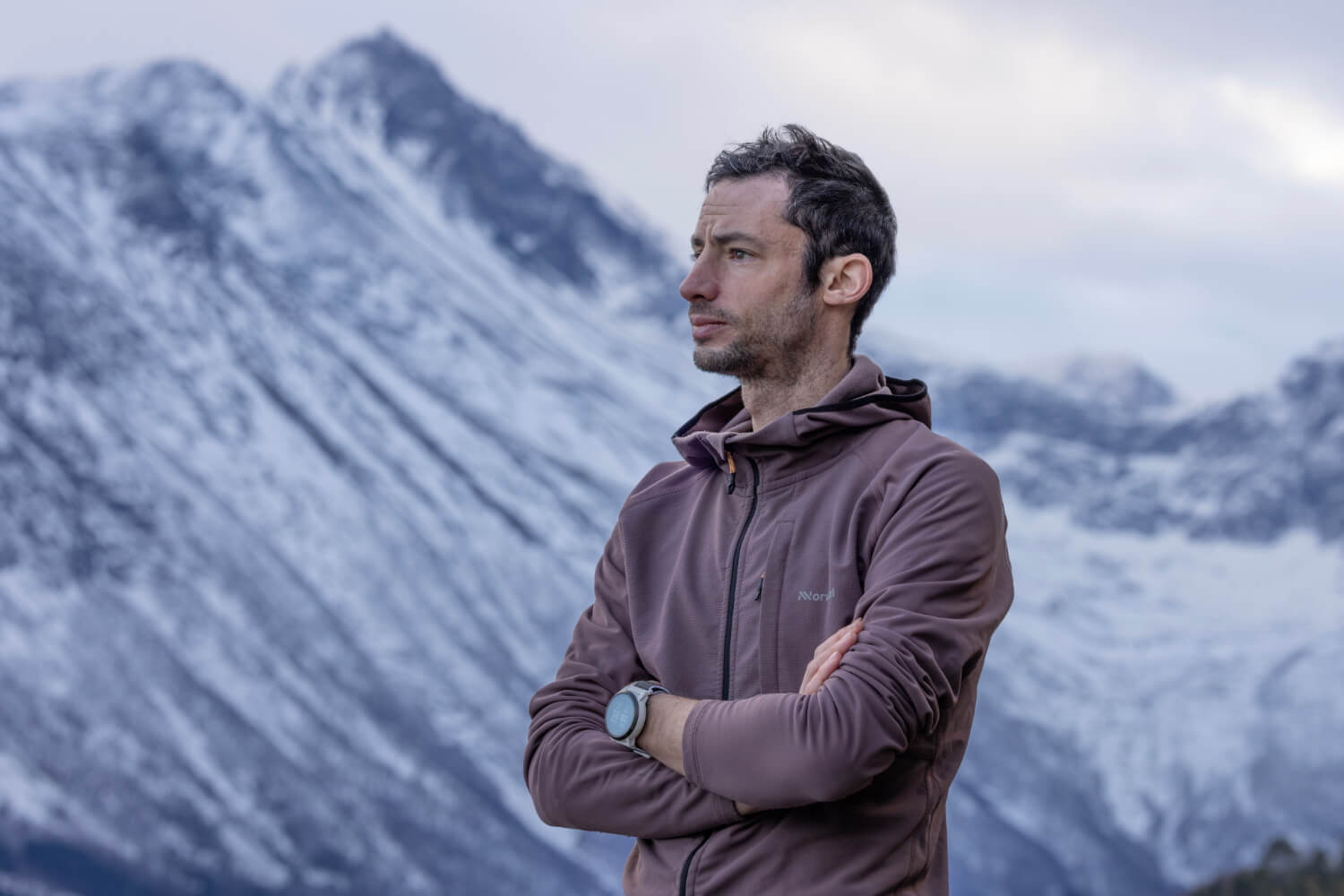
Base Fitness (basic endurance): periodization of training
Base Fitness is a metric that shows the body's ability to handle a training load without fatigue. This metric is calculated as a moving average of the daily Training Load over the past 42 days. Looking at Kilian's Base Fitness curve (above), you can see a peak just before UTMB 2022 (with a slight reduction a few days before the event when Kilian intentionally tapered off his training), followed by a recovery period after the event, then a re-increase in training load, another recovery period, and then an increase in training load again.
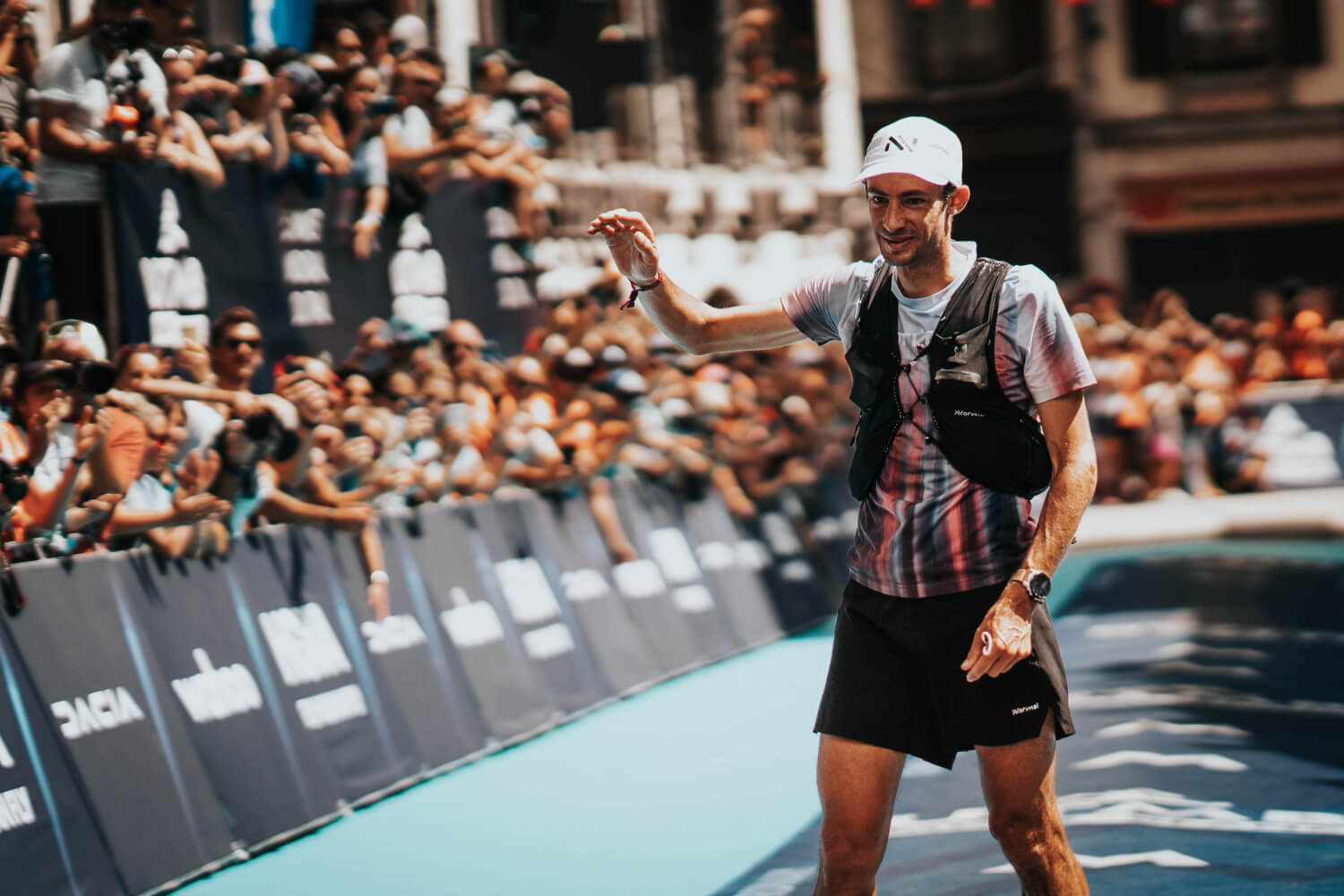
If we look even more closely at Kilian's base endurance over time, we see that his Base Fitness is now (at the time of writing this analysis - January 2023) at 184, while before UTMB 2022 it was at 156. This dramatic improvement can be attributed to Kilian's willingness to allow himself sufficient recovery time after the event. His body adapted to the enormous workload of UTMB 2022 and recovered well during this rest period. Another indicator for Kilian of when to end his recovery period was his Fatigue metric, which dropped to 20 (the lower the value, the less fatigued the body was). Only at this value did Kilian begin to increase his training load again. And to complete the overall picture - if Kilian continued training immediately after UTMB 2022, he would maintain a high Base Fitness value, but fatigue would be very high and therefore there would be a higher probability of injury or complete burnout.
Read a detailed analysis of Kilian Jornet's preparation, progress and strategy at UTMB 2022, where he set a new course record. What was his preparation like before the event, and what strategy did he have to choose during the race to be able to have a strong finish, overtaking his rivals?
Key takeaway: Periodization of training is one of the best ways to achieve gradual improvement over a longer period of time (for example, from year to year). It is a common phenomenon in sports training that training takes place in the same way, repetitively. This often leads to stagnation, stepping over the same place, without a shift in performance and ultimately to overtraining or mental burnout. If the development of your basic performance (Base Fitness) is a straight line (and it is very easy to see in the COROS app) without any progress, it is time to think about your training strategy. An effective solution is to include harder training or participation in competitions, when we give the body an impulse in the form of a great performance outside our comfort zone and subsequent sufficient rest, which ensures that the body is able to absorb this shock and regenerate. This seemingly simple change can bring progress in training and is a strong morale boost in sports progress.
Stress your body - but through various sports activities
Perhaps the secret to Kilian's success lies in his off-season training, which includes ski mountaineering and indoor running on a treadmill. Since Kilian lives with his family in northern Norway, the winter months make outdoor running training difficult and sometimes dangerous. What we can take from this approach is to introduce variety (cross-training) to develop aerobic performance. In other words, to diversify our training with other sports activities.
There is a common belief that the more we run, the better we will be. And while running is certainly necessary for running training, it also has its limitations. For example, if we look at Kilian's Training Load metric from January 12, 2023 (video above), it is at a high value of 578. The equivalent would be (at the same effort) running a marathon. However, that would also break Kilian's legs, the fatigue would be great and regeneration would require several days. However, since it was a ski mountaineering activity, Kilian's legs are spared, so to speak, and he can continue training the next day. Identifying an activity that builds aerobic performance while reducing the load on the legs is key to progress and significantly eliminating the risk of injury. The example given is with running and leg load, but it is a universal concept that can be applied to other sports.
Training Load is a measure of the level of impact a particular workout or activity has on your body. Each workout recorded with your COROS GPS watch is expressed as a number based on the Training Impulse (TRIMP) value. This is a proven method of quantifying training load using heart rate and the time of the activity.
In the COROS GPS watch, you can track the impact level of a specific workout in real time during your activity. This number starts at 0 and increases based on the intensity and duration of your activity. Longer and more intense workouts generate a higher value. Compare your training load to your running history in the COROS watch or app and see how today's workout compares to similar activities in the past.
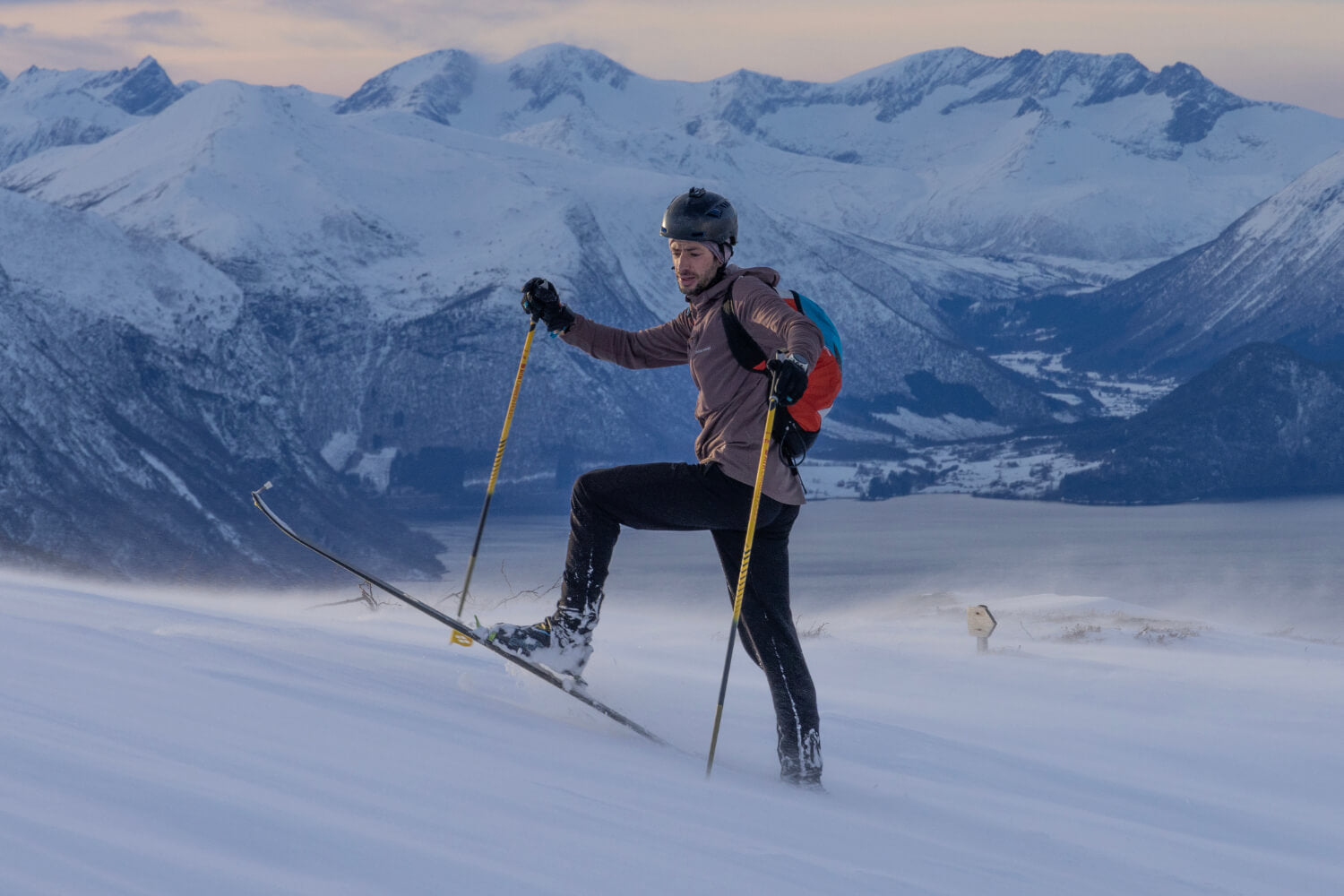
Key insight: The body has only a limited ability to withstand shocks and muscle fatigue during sports activities. The body then needs sufficient time to regenerate. However, this limitation can be significantly eliminated if we find another activity that will, on the one hand, strain the cardiovascular system and lung capacity, but on the other hand, avoid repeated strain on the same muscle groups. In other words, if running is your primary sport, you will give rest to the muscles that are strained during running, but your body will be strained. Cyclists also, for example, skate or swimmers do rowing. In the case of Kilian, who primarily does ultramarathons, he uses ski mountaineering as a supplementary sport during the winter months. Find yourself a supplementary sport, and even better, supplementary sports that build your athletic abilities in the long term.
Time spent in zones
One of the key things that Kilian does really well in his training is training in the right heart rate zone (heart rate). The requirement that is essential for his performance is clear - he needs a robust aerobic engine. (See below for an explanation of what aerobic activity is.) It is therefore not surprising that the vast majority of Kilian's training consists of activities in zones 1, 2 and 3. Perhaps the only specific thing about Kilian's training is the longer time spent in zone 3, which can be attributed to his winter ski mountaineering training, which allows this in addition to running. When running, the load (the Load Impact metric in COROS EvoLab) is greater than when ski mountaineering. In the summer months, when Kilian primarily runs, the vast majority of his activities are strictly in zones 1 and 2.
Load Impact measures the amount of stress your body is putting on your body during short-term training. It is calculated based on your Training Load over the past 7 days. A higher value means your body is being put under more stress, limiting your performance due to fatigue. The Load Impact value decreases as you rest more and increases as you train more.
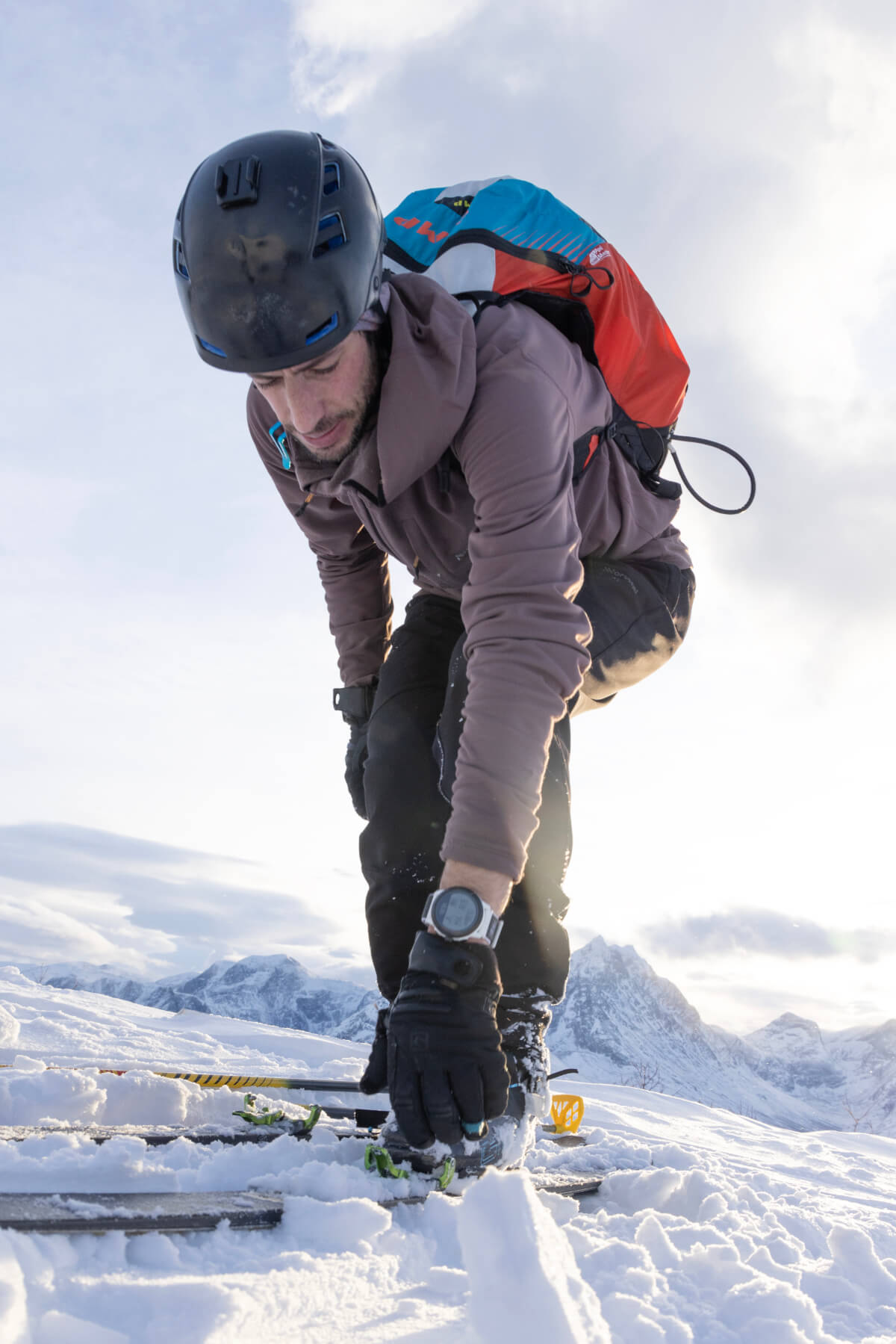
An activity that primarily uses oxygen for energy production. During aerobic activity, the body relies on a constant supply of oxygen, which then breaks down carbohydrates, proteins, and fats to continuously supply energy to the muscles. This type of activity includes a wide range of intensities - from walking or light jogging, to moderate-intensity efforts, where you feel you are exerting yourself but are still in control of the activity and the effort is at a level of 6-7/10. A key attribute of aerobic intensity training is the ability to maintain effort for a longer period of time without excessive fatigue.
Key takeaway: If you identify a sport that is less taxing or less impactful than running, you can spend more time at higher intensities and not have to recover as quickly. A great tactic, especially during the winter months, to boost your anaerobic threshold and overall improve your basic endurance. And as an added bonus, training in zone 3 causes your body to release endorphins, which bring a spark and excitement to your training.
Don't forget strategically placed key workouts
During the winter season, Kilian does a test on the treadmill in his home every Sunday. The aim of this check-up is to observe his heart rate at different running intensities. This gives him an overview of his current threshold pace/power and running form. Since the GPS signal is problematic indoors, he uses a COROS POD 2 (a small accessory device attached to the foot) to get the most accurate data. This way, Kilian monitors his running performance even outside the running season.
He is putting his body under a lot of stress (load) that is commensurate with his running goals for the upcoming season. However, he only does it strategically and intermittently so that his body can recover and not be exposed to cumulative fatigue.
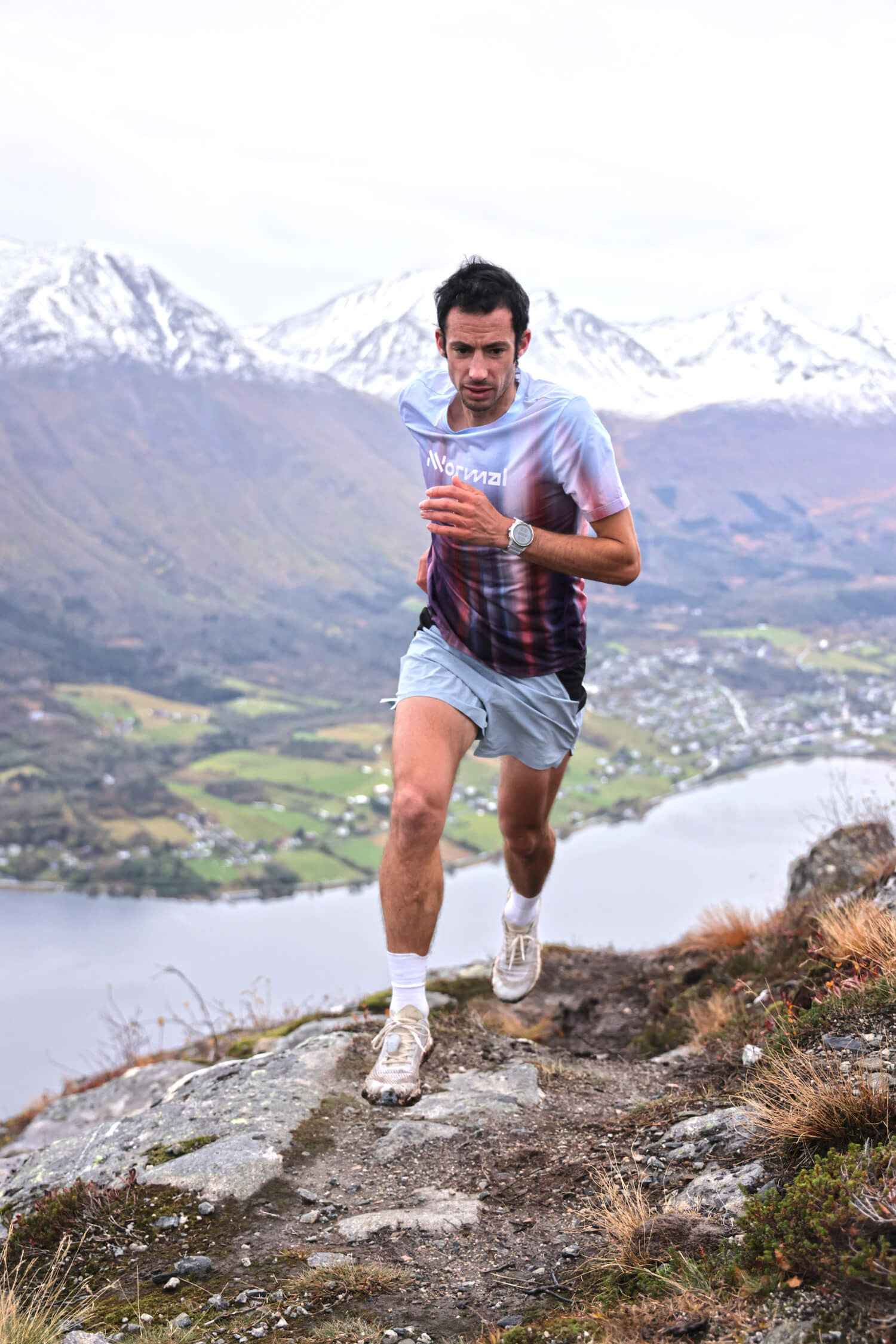
Key takeaway: It's important to include your primary, weight-bearing sport in your weekly training schedule - even during the off-season. In other words, if your primary sport is running and you build your core endurance through ski mountaineering or on a bike trainer in the winter months, it's important to also run at regular intervals. Switching completely to another sport in preparation for the next season will cause a decline in your specific weight-bearing sport performance. The solution, however, is simple - add training in your weight-bearing sport to your weekly training repertoire to maintain your specific performance.
Remember that the joy is in the preparation.
There is no metric that can quantify the joy and pleasure you experience in training. The main season, with its specific preparation, racing and focus on performance, also brings a lot of mental stress. Training outside the main season offers the opportunity to relax, not be under constant stress and clear your head. As Kilian notes: "Being able to train season after season, having fun and joy during training is a key factor for me. I manage to achieve this through a completely different sport outside the main season - in my case ski mountaineering, but also through training with friends, or discovering new training routes. Such seemingly trivial things can bring variety and fun to training."
Being able to train season after season, having fun and joy during preparation is a key factor for me.
Here are other simple and practical tips that can make your training special: run the same and usual route in the opposite direction, time your training for sunrise or sunset, which will definitely give you a mental boost, intentionally do something unusual in your training - suddenly change the intended training route, end your training in a cafe, for example, or intentionally go to training in the dark with a headlamp.
Key takeaway: While the above are concrete examples of how to make your off-season training more effective, it's important to remember that our ability to bring fun, excitement, and adventure into our off-season training will translate into a greater willingness to train in the real world - even when the weather isn't great. Find an activity that gives your body a break from repetitively working the same specific muscle groups, while also building your core endurance to last you through the season.
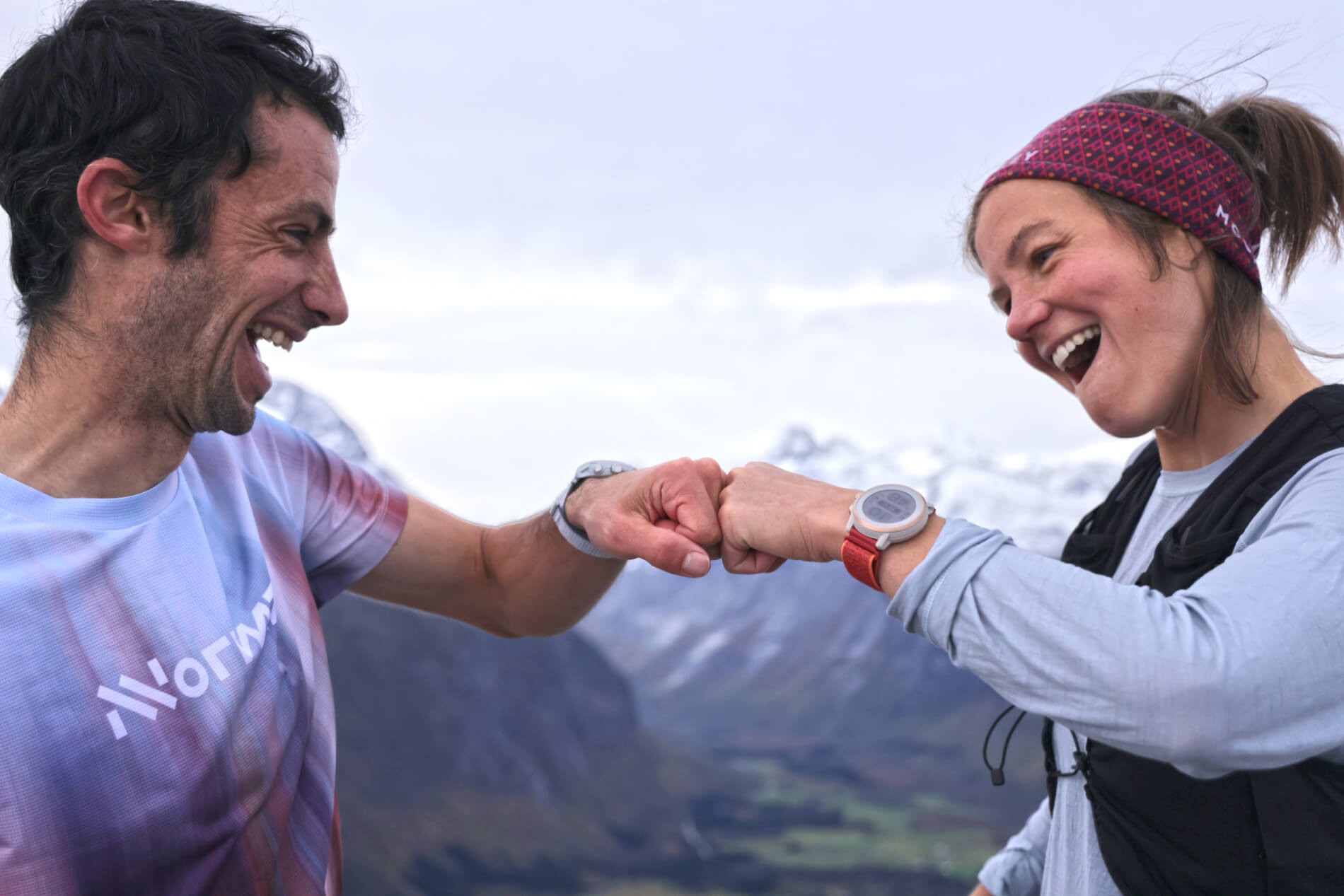
Long-term progress
Long-term sustainable progress in endurance sports depends very much on the right approach to training. If you look around you, you will surely remember someone in your environment who quickly lit up the sports sky, but quickly faded away due to injury or mental burnout. No one wants to find themselves in a similar situation and each of us wants to play sports without injuries for as long as possible. It may seem that constantly running, cycling or climbing will improve you, ensure progress. However, a common phenomenon with such an approach is injury, burnout or reaching a performance plateau, without the ability to move further. Above is a list of five simple concepts, the implementation of which in the annual training plan helps Kilian enormously. Many call him the best mountain athlete of all time. If it can help Kilian stay injury-free, with constant progress in performance and, on top of that, with an unquenchable spark of joy in training, there's a good chance that these five simple rules will help us ordinary athletes too.
Here is a recap of the five simple rules in preparation:
Periodize your preparation.
Find other sports activities that give your body a break from repetitive strain, but can build your basic endurance.
Know the requirements of your training and train with the appropriate intensity.
Don't forget to strategically space out your core sport training sessions during off-season preparation.
Find fun and adventure in your preparation.
Source: COROS
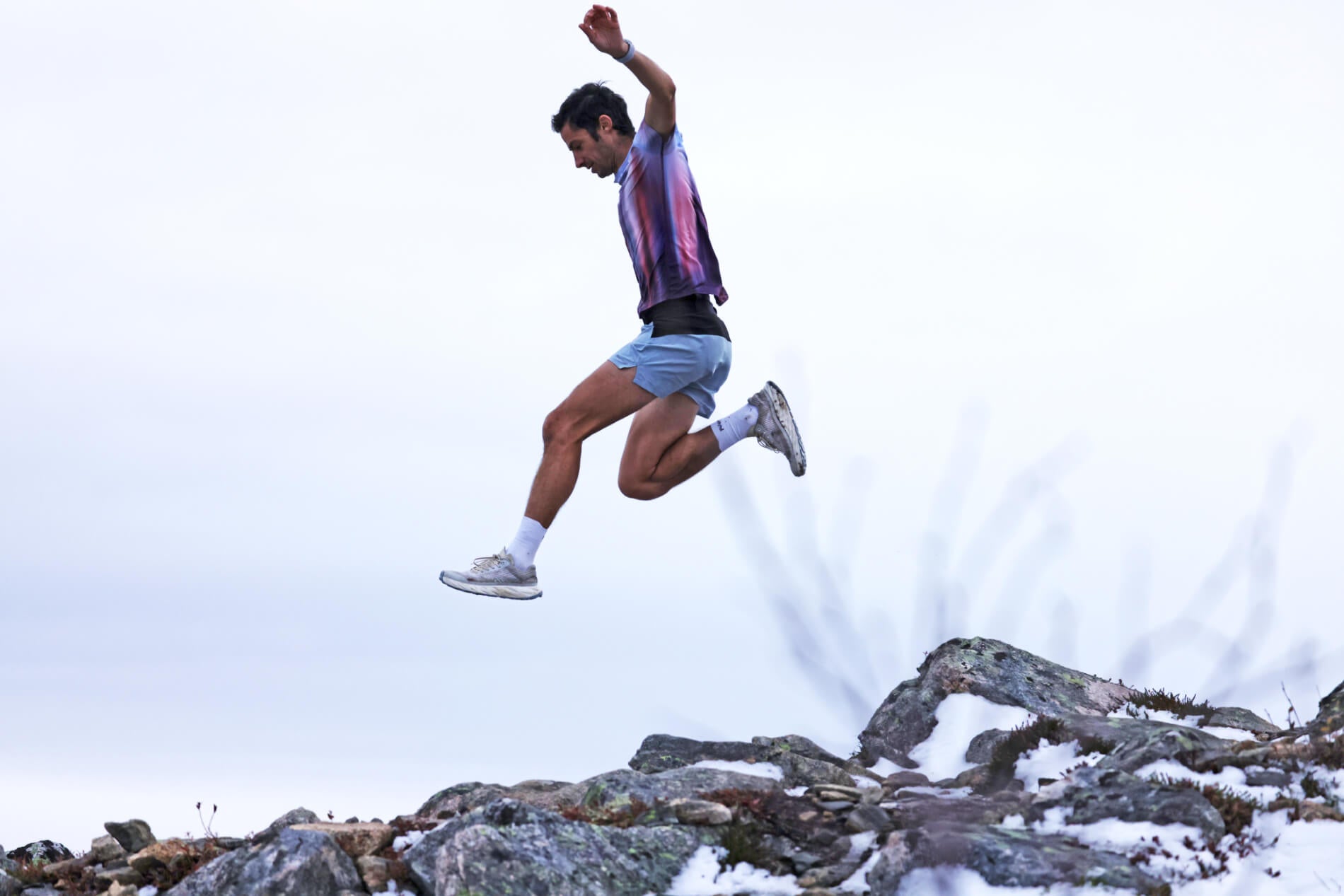
Tips from Jakub Šiarnik
Jakub Šiarnik - a long-time representative of the Slovak Republic in ski mountaineering. His greatest achievements include 10th place at the World Ski Mountaineering Championships, Boi Taul 2023 in the Vertical Race discipline. He is a multiple winner of the Slovak Cup in ski mountaineering, a multiple winner of the iconic ski mountaineering race Bokami Západné Tatry, and the holder of the fastest ski alpine time on Chopok (1,000 m elevation gain) in 36m:30s. Here are his tips and advice.
Jakub Šiarnik: Instagram Website
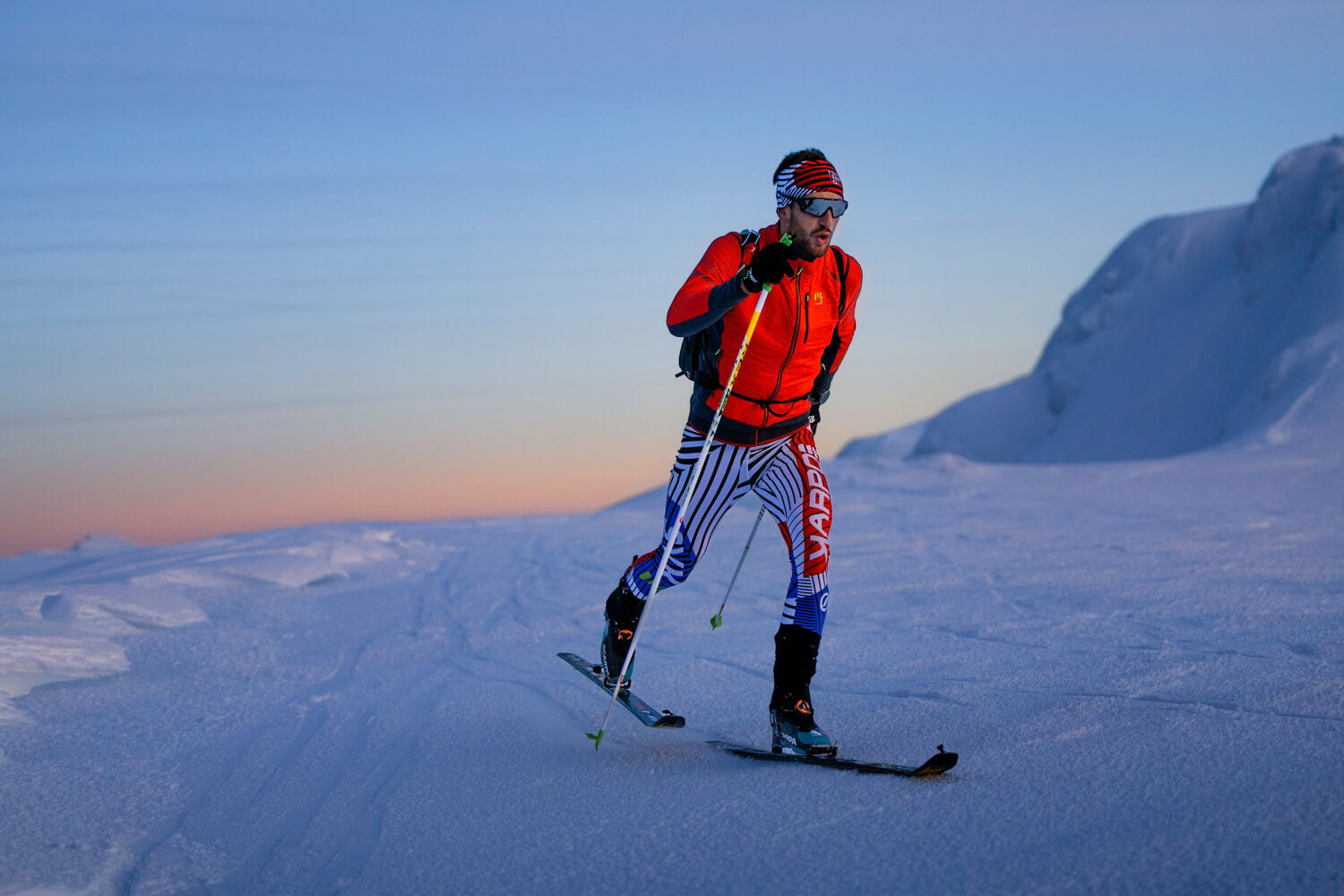
The principle of gradually increasing the volume and quality of preparation
Over the years of training, I have increasingly focused on one peak in the season and increasingly specialized my preparation. This is directly related to what my preparation period looks like. Since my beginnings in top sports - roughly from the age of 15-16 - I have been strongly goal-oriented and improving the conditions for preparation has always been important to me. Of course, this approach has risks in the form of premature inclusion of some elements in training, or I may have pushed too hard at the wrong time, which later in the season took its toll and the expected results did not occur. Fortunately, there has never been a serious threat to health, which is a condition for any preparation.
Jakub organizes ski-alpine courses for the public, the aim of which is to learn how to move more efficiently on skis. For those interested in individual training, it is possible to arrange a 1:1 collaboration, where Jakub will reveal the best of his know-how. Another area in which Kubo is at home is hypoxic training and its connection to fine-tuning the form.
Specialization vs. general training
The simplest indicator of long-term progress is the total annual training volume, including its distribution during the preparation period. The last few years my annual training volume has stabilized and paradoxically I have been more of a test of how much I can reduce without losing performance. I have helped myself by trying to maintain the overall level of load referred to as TSS or Training Load. Another thing in this "big picture" is increasing the days spent on specific movements on the snow.
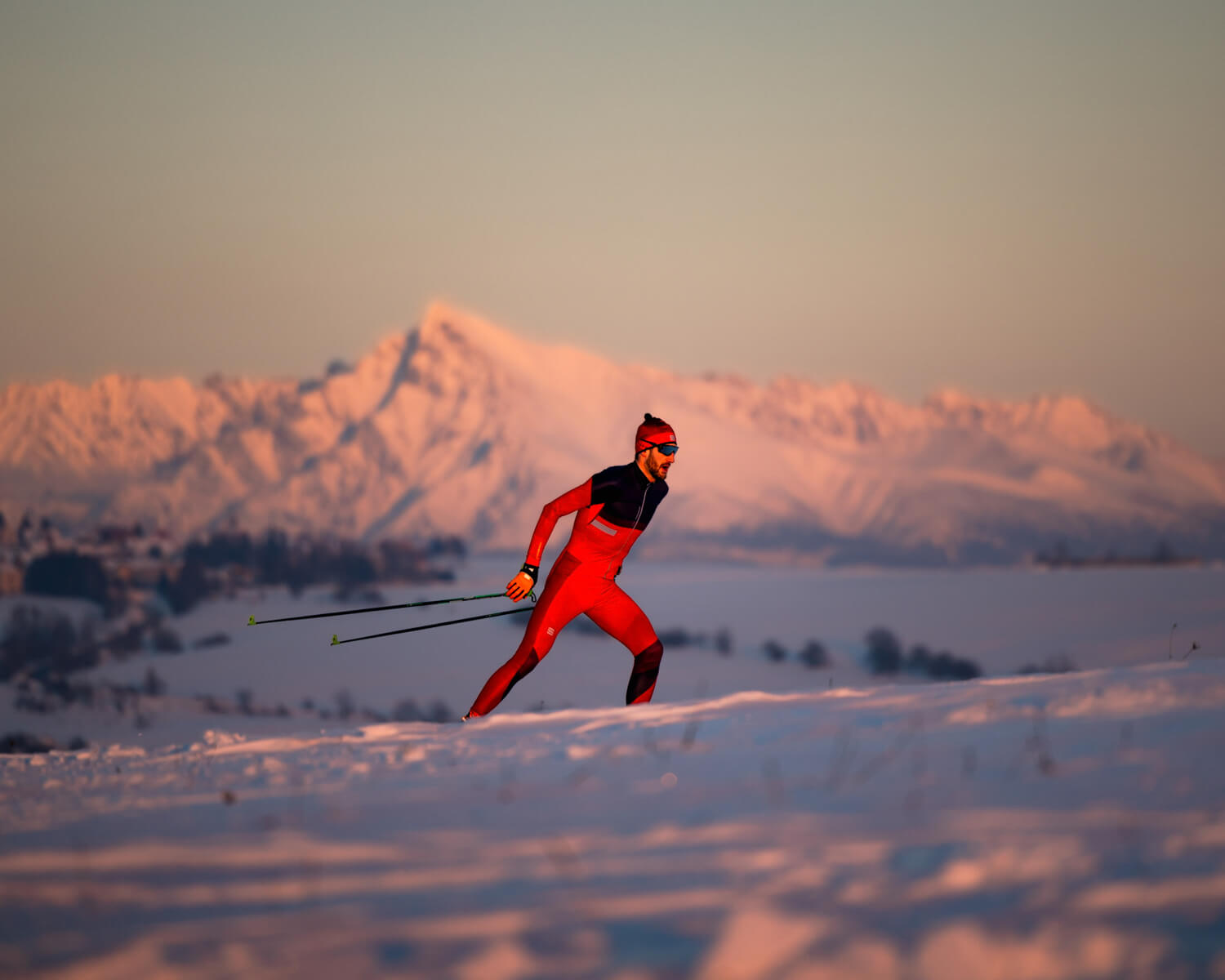
I am writing this article during my stay in Argentina, where I will spend the summer skiing in the Alps. I expect it to improve my efficiency and economy of movement – I will simply have more time off before the season. Supplementing my training with more specific elements, such as roller skiing, is also a good incentive towards the main season. However, side activities such as running or especially cycling have a strong place in my preparation and help to load the system differently and, as a result, to train more than if the preparation was dominated by, for example, running, which is more difficult for me.
Periodization and form tuning
During the entire preparation period, I move in natural cycles that respect the physiological processes in the body, combined with increasingly concentrated blocks of high-altitude or simulated hypoxic training. These cycles take place on an approximately three-month basis. The ratio of intensity/volume and specific/non-specific training methods changes continuously.
Being slightly undertrained is better than being even slightly overtrained.
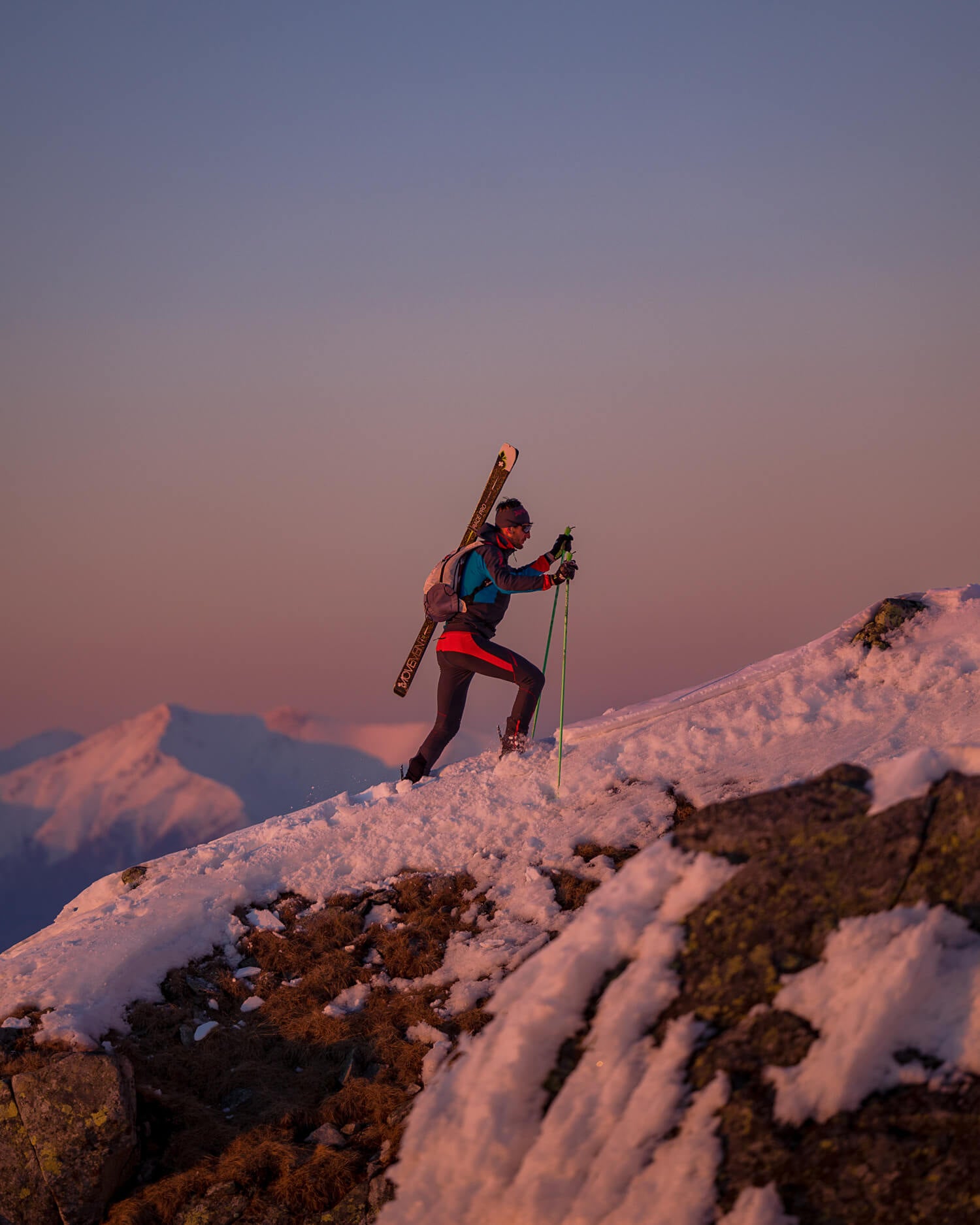
A few weeks before the peak, it's time to go for proven forms of training and perceive not only feelings, but also objective indicators. During this period, you can do more harm than good. Being slightly undertrained is better than even decently overtraining. A similar approach applies to nutrition, but that would be a separate article. I'll just mention here that during the preparation period, I allow myself to be 3-4 kg heavier than in the competition period. This is, in short, a way to fine-tune your form for the most important races of the season.
Preparatory races and the importance of testing
Throughout the year, with the exception of the period just after the main season, I participate in races. The frequency of competitions and thus the amount of training spent in the red numbers is naturally lower in preparation. During the intense racing season, I complete up to 25 racing days in 3 months. On the contrary, during summer training, there are usually no more than 6 starts in the same period. Personally, I prefer shorter races, which I consider to be better training for the races in the winter. In addition to these starts, I also regularly complete tests, which, in addition to the involvement of a coach, is one of the things that is again an iteration towards a more perfect preparation. The tests do not necessarily take place at full capacity. The test can also be any segment that is not so subject to changes due to weather. It is important to see where I am in the lower zones. During the season, the thresholds shift and therefore the zones set somewhere on the spiroergometry once a year will not be enough for me.

I quantify the intensity of training in the field by measuring heart rate, power output in watts, intramuscular oxygen saturation and lactate. In addition to exercise, I also regularly measure HRV (Heart Rate Variability). I gradually integrate the gadgets I use to measure it (there are others in the pipeline) and I have always put the displayed metrics into a broader context with feelings, which I consider to be an equal element to objective indicators. Nowadays, there is an overabundance of information and it is precisely the feeling that should not be forgotten. However, I believe that the feeling should always be supported by some objective indicator.
HRV (Heart Rate Variability) is the variability of heart rate. In other words, it is a measurement of the variation in the dispersion between individual heartbeats. This metric is very powerful in terms of current health, fitness level and recovery. A high HRV value generally means that the body has adequately absorbed the load and is regenerating well. A high HRV value also objectively says that there is less stress in our lives. Conversely, a low HRV value can be an indicator of health problems that are "around the corner" or have not yet manifested themselves, but are eminent. A balanced diet, reduced stress levels and physical activity have a very positive effect on improving HRV.
COROS GPS watches can measure HRV. (See the specific model specifications to make sure that this metric is supported.) For ralpu customers, the measurement, interpretation and practical use of HRV in sports is explained in this exclusive article . To view the article, log in to your ralpu account . You can request access to COROS support articles here .
Mindset
Last but not least, in addition to developing the physical fund, there is also mental preparation. I see it as a multiplication on a scale of 0 to 1. I don't think mindset alone will improve performance, but if it is at zero level, it will negate even 100 percent physical readiness. On the contrary, at level 1 it will support quality performance on the track. I am only emphasizing its importance. Specific procedures and views vary. For example, the realization that sport is fun and that we are basically big boys who are always playing works for me. We have the advantage that we do the most beautiful sports and it is a privilege that we have been given talent that we can develop.
Sports are fun and we are basically big boys who are always playing. We have the advantage of doing the most beautiful sports and it is a privilege to have been given a talent that we can develop.
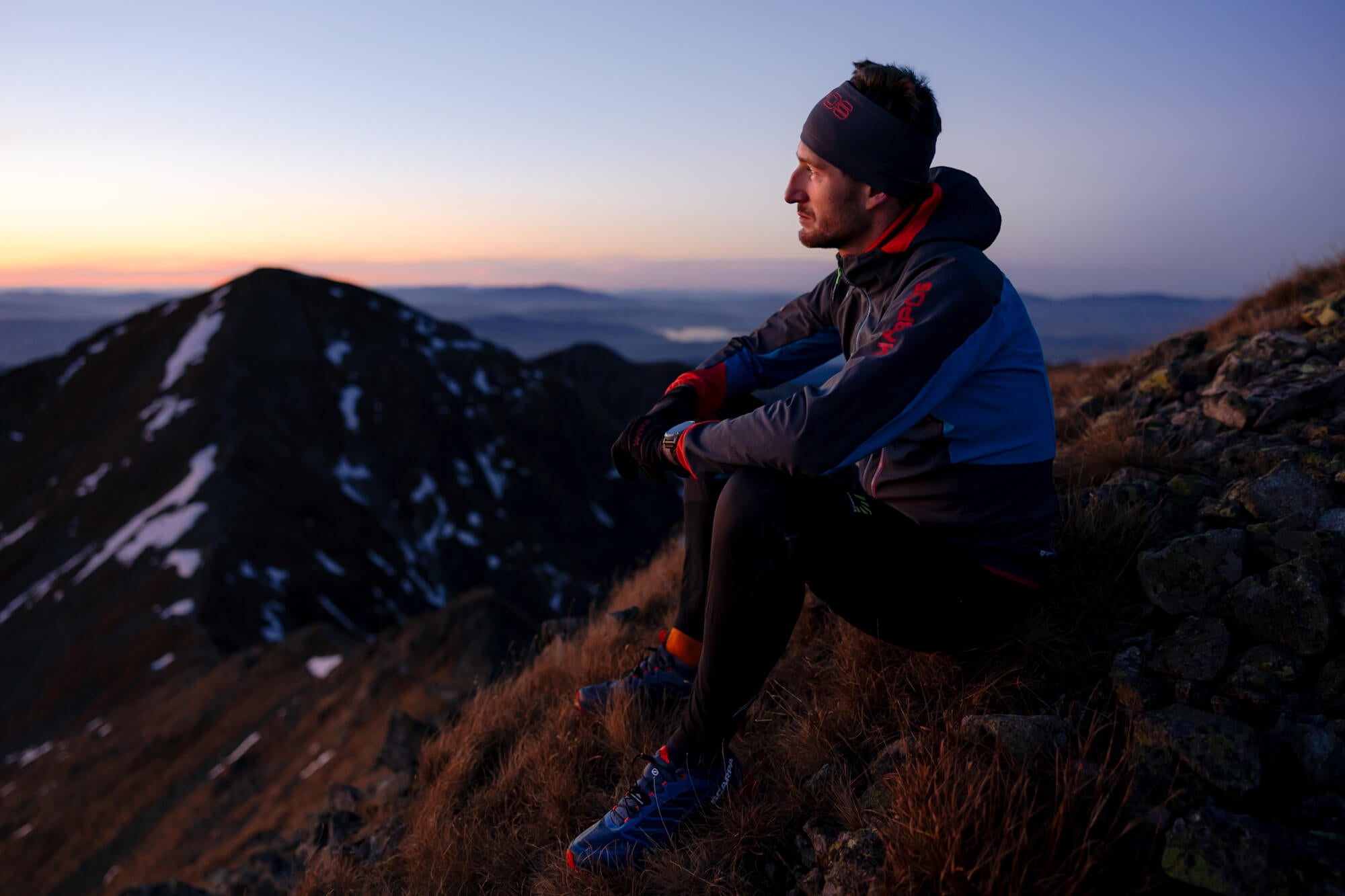
Tips from Peta Frano
Peta Frano doesn't need much introduction in the running community. He is currently our best trail runner. His greatest achievements include third place at the World Trail Running Championships, Innsbruck 2023, and fifth place at CCC-UTMB 2022. He has represented Slovakia several times in trail running and ski mountaineering. Here are his tips and advice.
Peťo Franňo: Instagram Website
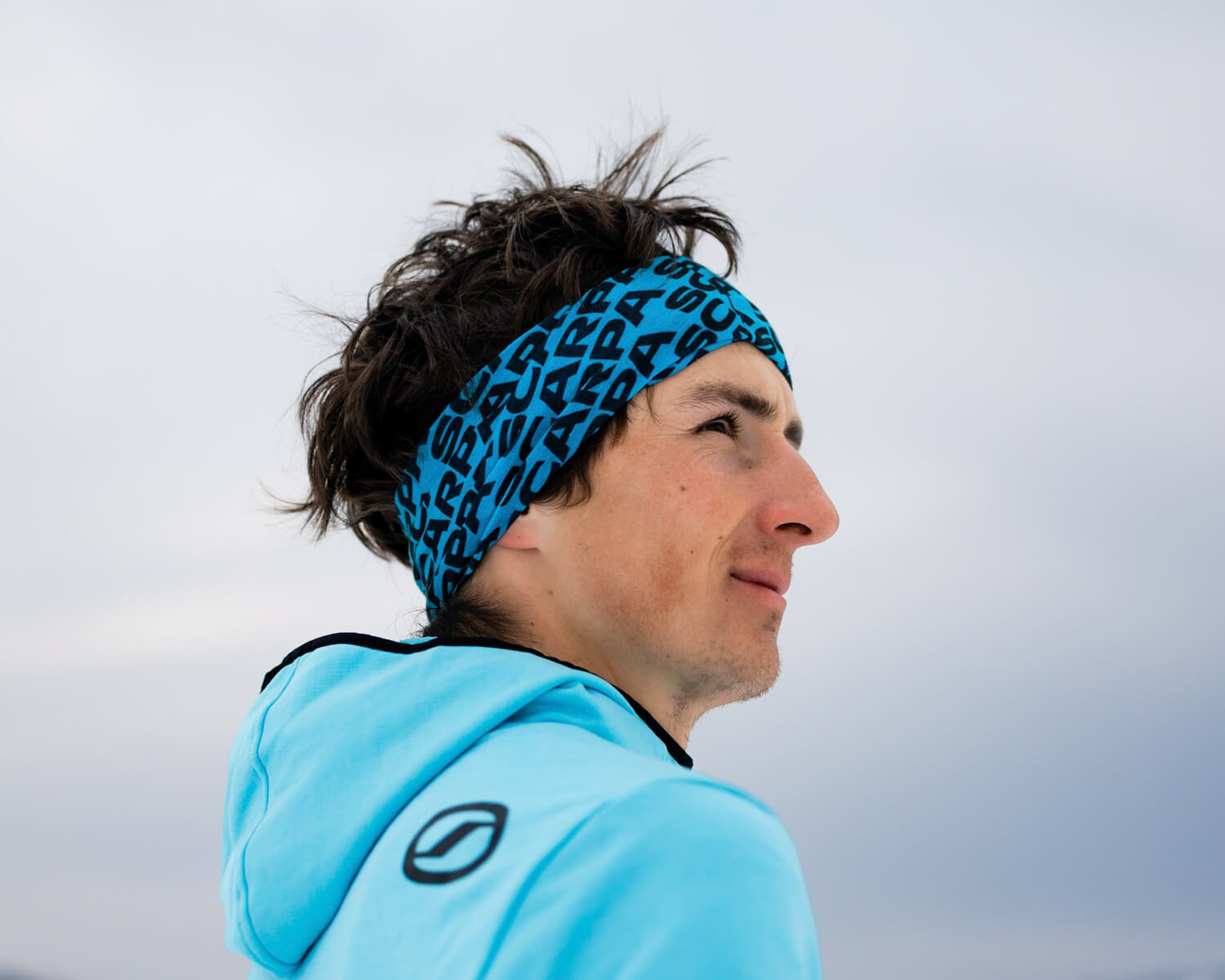
Variety of training sessions
Endurance can be developed in many ways, and the off-season is ideal for all types of activities other than running. Running itself is very demanding on the musculoskeletal system, and the off-season is the ideal time for other activities such as hiking, mountaineering, cycling, paddleboarding, swimming, and in winter also ski mountaineering, cross-country skiing...
Peťo has been developing running talents for several years. If you feel that your training is stagnant or you want to prepare well for the main races of the season, Peťo can help you. You can find more details on his website.
Train your whole body - not just your legs
Most people think that the legs are the most important for running, which is partly true, but for example, with a weak core, you will definitely not reach your full potential in running. The human body is complex and even though we use some muscle groups more than others in certain sports, we should not forget about the less used ones. This is often the difference between a good and an excellent runner. All elite athletes work on their bodies comprehensively - they prevent injuries and are stronger overall and can use even seemingly unnecessary muscles to their advantage. The off-season is the ideal time to work on other muscle groups. Personally, I have increased this area of training the most in recent seasons and I feel stronger and perceive a lower risk of possible injuries.
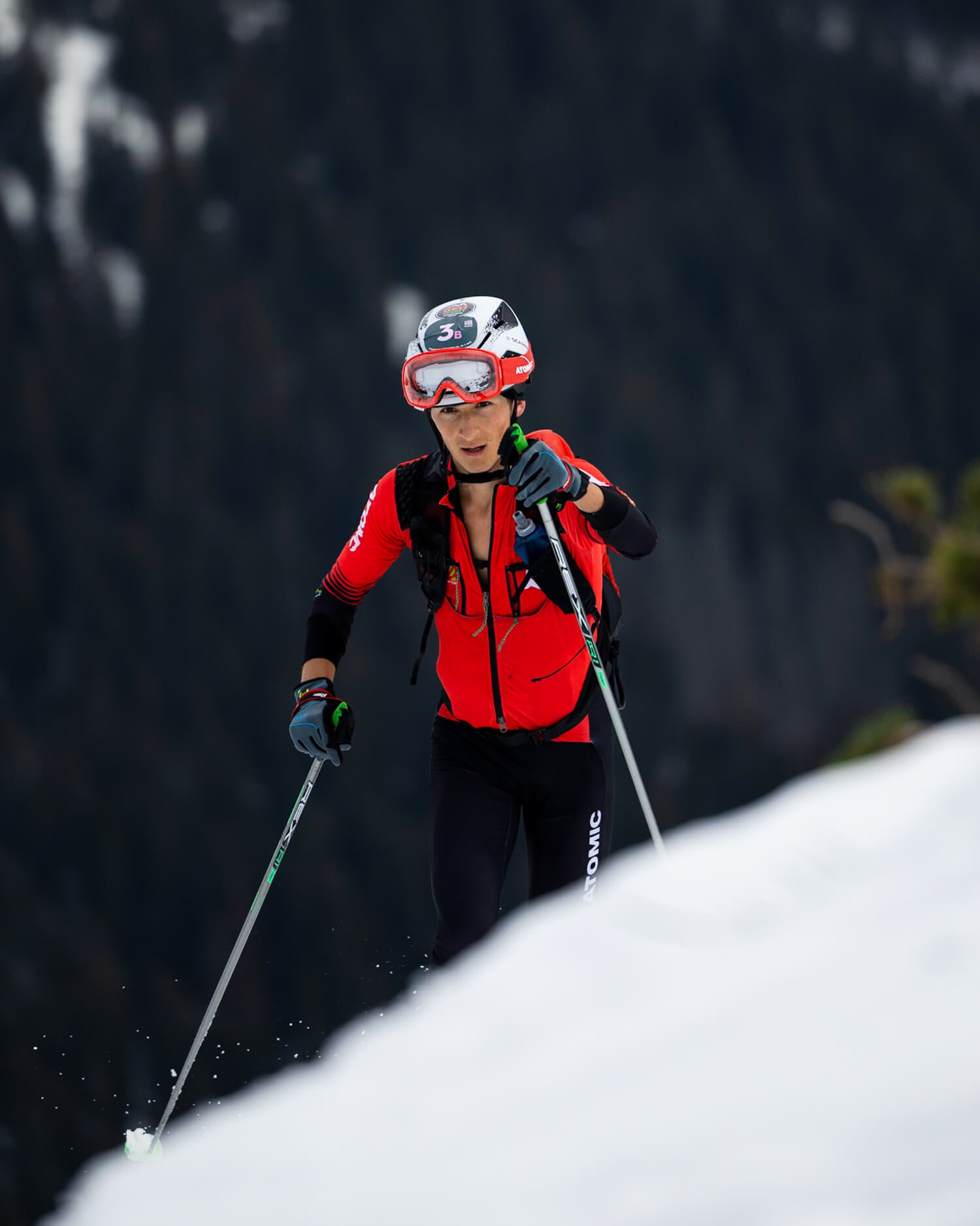
Endurance is part of sports
Endurance is not only the ability to perform a certain activity for a long time, but also to hold on to it long enough. We live in a time when everyone wants everything right away and no one wants to wait. Especially in sports, progression is much better than rapid growth and subsequent stagnation. Let's trust our progress and not want everything right away and at once. Let's give our body the necessary rest and it will repay us.
Especially in sports, progression is much better than rapid growth and subsequent stagnation. Let's trust our progress and not want everything at once. Let's give the body the necessary rest and it will repay us.

There are many methods to improve (specific training, altitude training, diet, training camp, volume increase, etc.), but if we use them all too soon, or all at once, we will not achieve the same results as if we did it gradually. Personally, I am 27 years old, a World Championship medalist, but I still have not used all the methods that should improve me. I would rather improve by 3% for 5 years than by 10% in one year and then stagnate because I will have nowhere to move.
Plan your season
When the racing season starts, you don't have much time to plan. That's why the transition period is the ideal time to plan for the following year. The race schedule is usually published almost a year in advance, so it's no problem to find your main races of the season, where I want to perform at my best. And in the meantime, find some B-class races that will play an important role in preparing for the main races. And also C-class races, where I don't care about the result, but enjoy the atmosphere, meeting up with friends. Then the whole year is easier to plan, when I have chosen the races wisely, it's easier to plan more demanding training cycles, training camps, a vacation with my family, which will serve as regeneration.
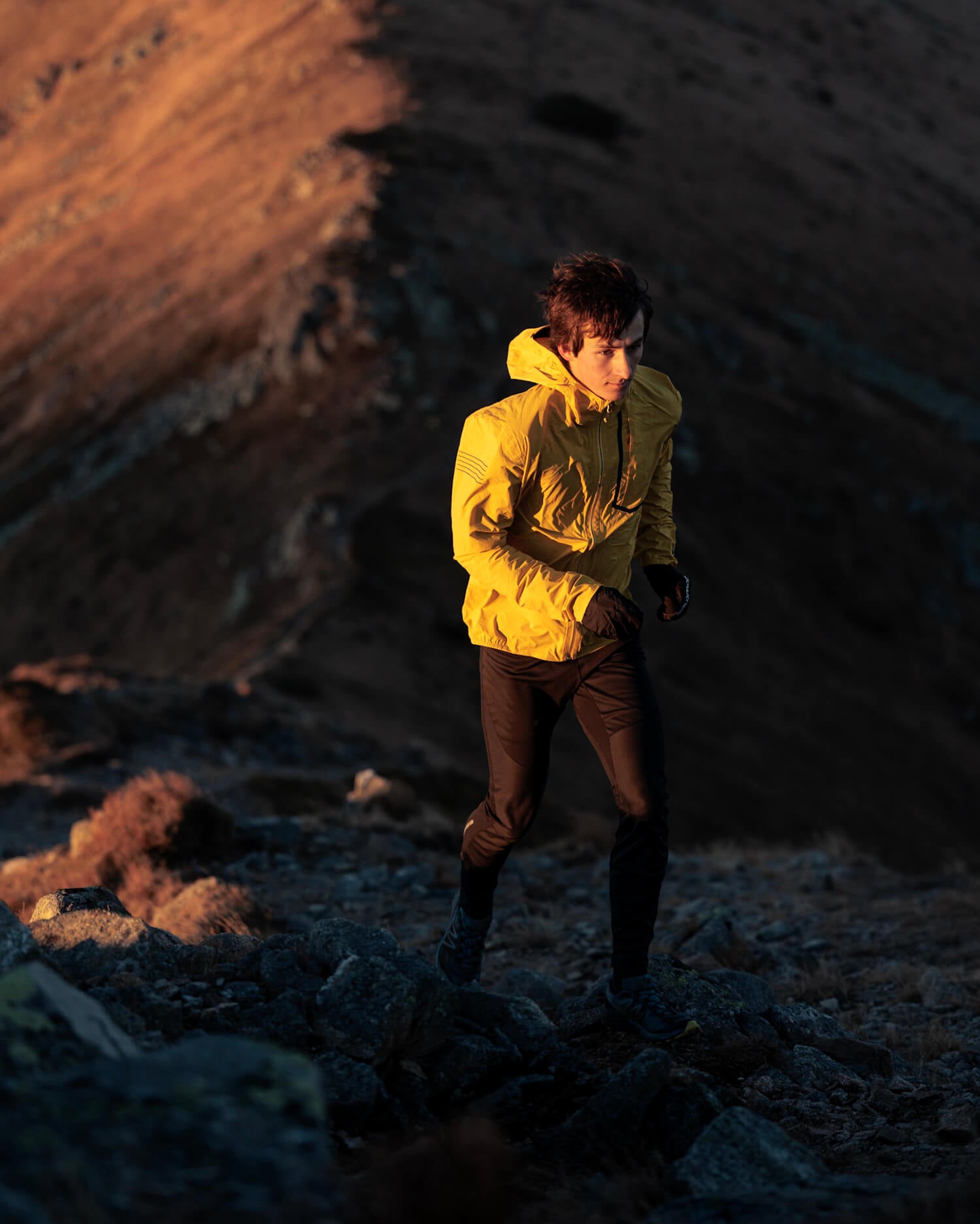
If I have everything planned out at the right time, then my off-season preparation will be able to run with full concentration and I won't have to worry about whether I planned it well or whether I should go to another race. I will stick to the plan I created in advance and will be much more relaxed and less mentally exhausted. Of course, various variables (e.g. injury) can come into play, when I will have to change my planned calendar. However, it is always easier when I have a scheme created before the season than when I solve the schedule at the last minute.
Less is more
In preparation, we should try to use our training as efficiently as possible, and try not to train unnecessarily. Many people think that the more the better. To a certain extent, this is true, but sooner or later a person will reach their ceiling, which is able to detrain (if they do not get seriously injured by then) and that is when they will start training more efficiently in order to improve.
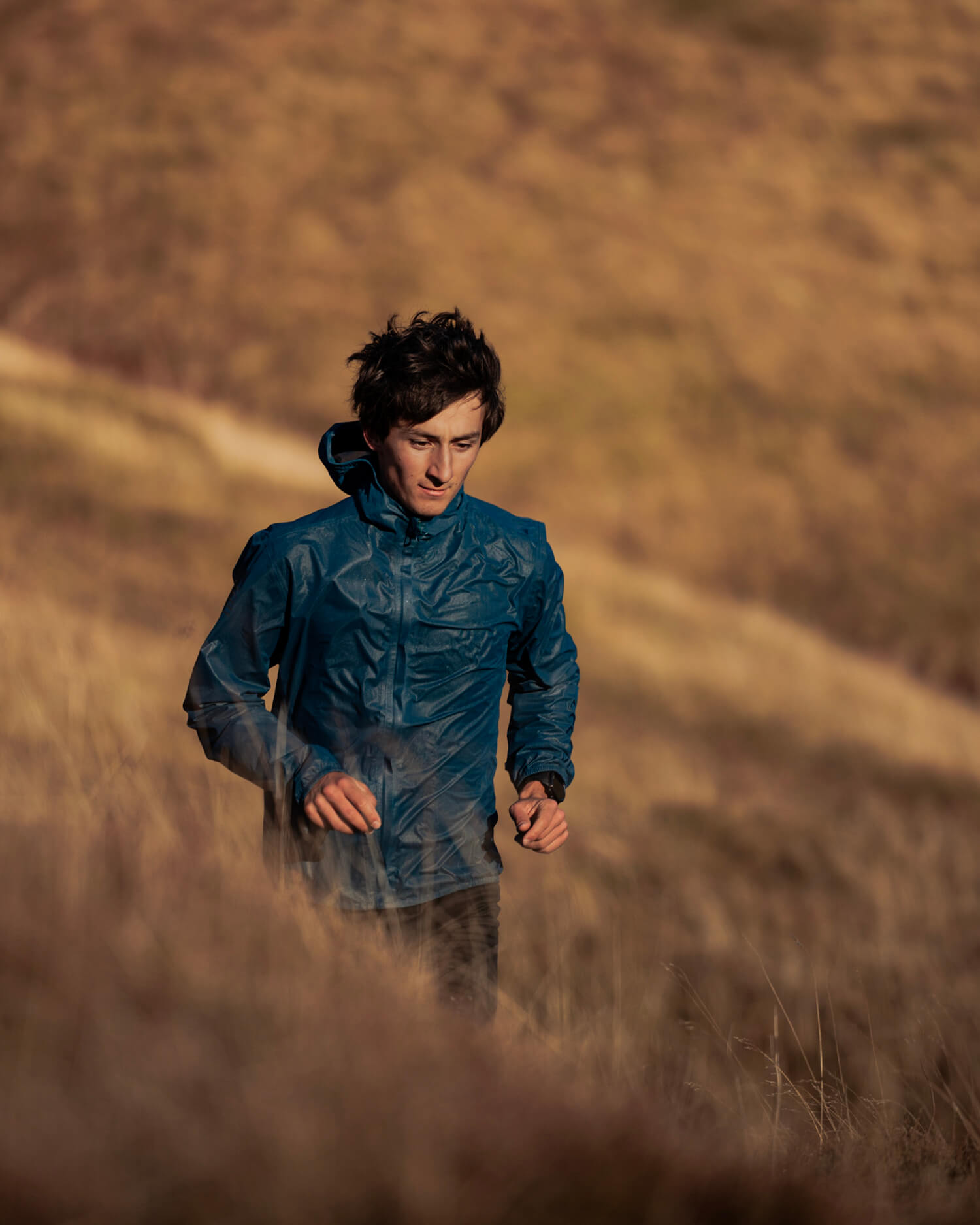
Personally, I try to train as little as possible, so to speak, in order to improve as much as possible and minimize so-called dead training, when I don't move anywhere and I just kill time, so to speak. There are better things in life than pointlessly wasting time training for x hours, while I can improve just as much with much shorter and more effective training. I prefer to enjoy the remaining time with my loved ones, or self-development in another area.
Personally, I try to train as little as possible, so to speak, in order to improve as much as possible and minimize so-called dead training sessions, when I don't get anywhere.

Conclusion
The ambition of this article was to shed more light on off-season training - how to avoid common mistakes and what to focus on. To explain in simple language the concepts used by the best. Try what works in your training and create your own unique cocktail that will bring you joy from sports and push you forward. Lots of perseverance!
Many thanks to Jakub and Peta, our currently best athletes in the mountains, for finding time to share advice and tips with us in addition to their sporting duties!
